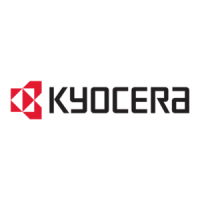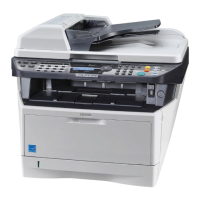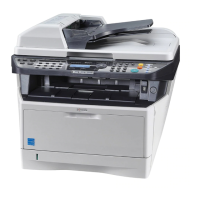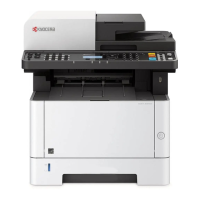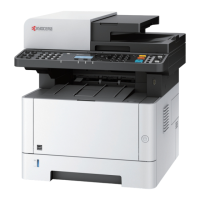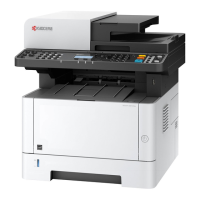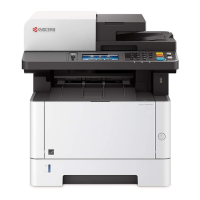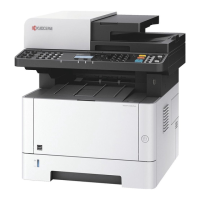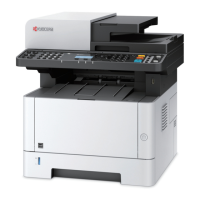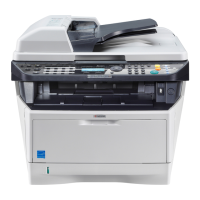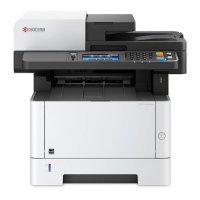What to do if Kyocera All in One Printer Start key doesn't produce copies?
- JJonathan NelsonSep 9, 2025
If pressing the Start key on your Kyocera All in One Printer does not produce copies: * If there is a message on the Message Display, determine the appropriate response to the message and respond accordingly. * If the machine is in Sleep mode, press any key on the operation panel to recover the machine from Sleep mode. The machine will be ready to copy within 15 seconds.
